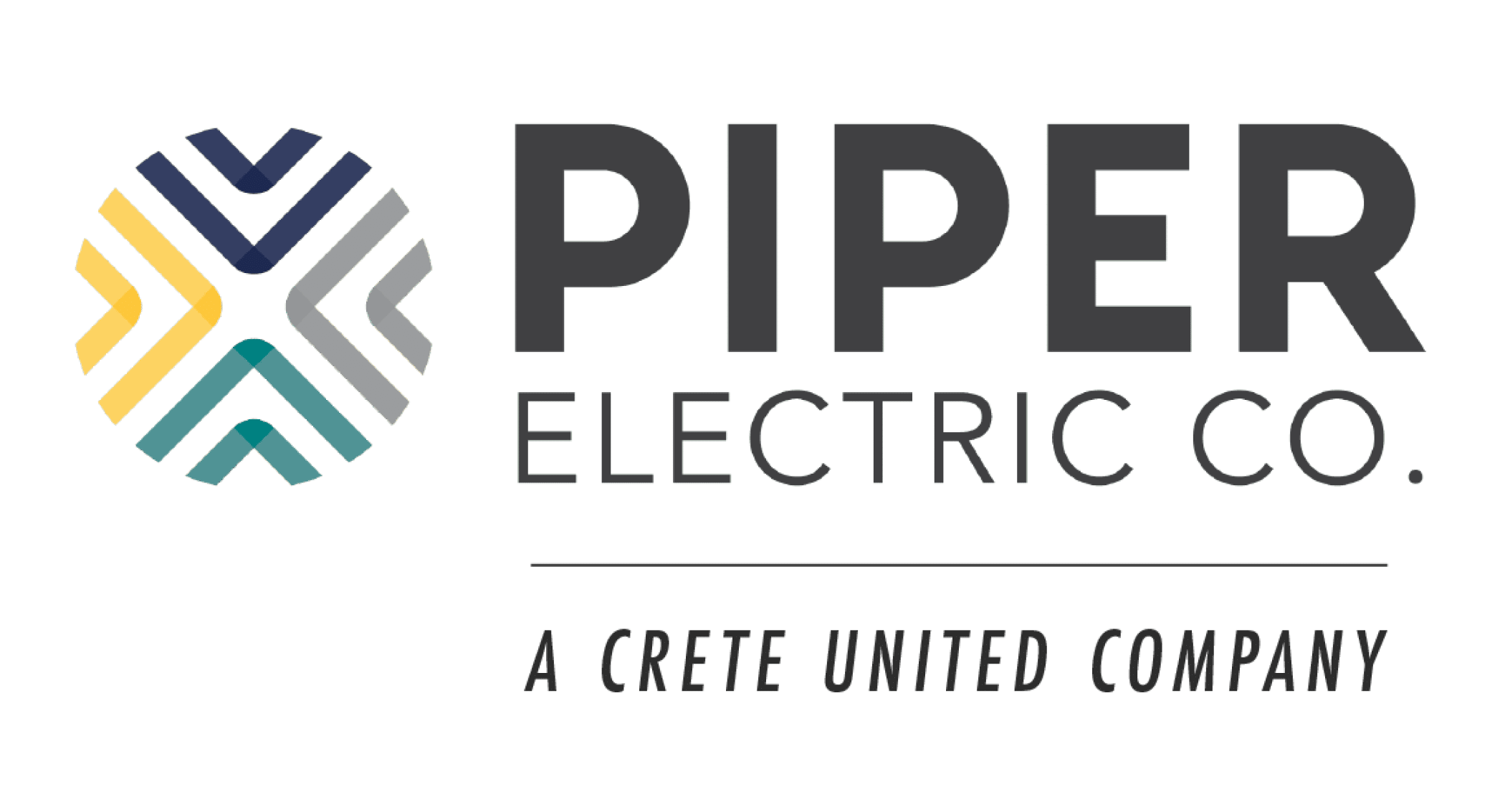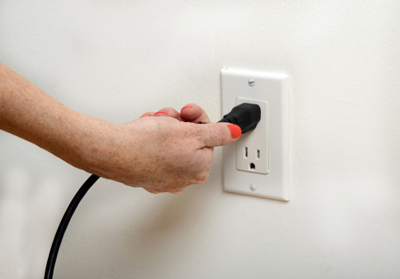Making your House More Energy Efficient
As referenced in a report by Business Week, the average US household in 2011 was spending upwards of 1/5 of the total household income on energy expenses. As energy costs continue to rise in the US it is important to understand where, in your home, are your greatest energy consumers.
 Locating Electricity Thieves
Locating Electricity Thieves
Performing an electrical audit on electronic devices may reveal some interesting results. Use a simple kWh formula for calculating usage and cost. If the amount of wattage for a particular device is unknown, there are tables available online that provide average wattage ratings. For each device, calculate:
÷ 1,000 = Daily Kilowatt-hour or kWh consumption
1,000 Watts = 1 Kilowatt
Using a personal desktop computer and a monitor as an example:
÷ 1000
= 329 kWh × 11 cents/kWh
= $36.19/year
Take into consideration that various devices continue using electricity when turned “off.” Called phantom loads, the appliances that typically use the most unnecessary electricity in this form include computers, microwaves and other kitchen appliances, stereos, televisions and DVD players/recorders. When not in use, unplugging these appliances or switching an entire power strip off saves additional expense.
Heating and Cooling
Heating and cooling costs consume the largest portion of monthly utility bills and inspecting a home for possible exterior and interior leaks and performing the necessary fixes may save considerable money. Visit responsiblebynature.org for tips from Xcel Energy.
Hire a Professional
An alternative might include hiring an energy-efficient electrician to perform an electricity audit. In addition to calculating appliance and electronic device usage and cost, a licensed professional electrician will also evaluate major appliances, lighting, heating/cooling thermostats and numerous other points throughout the home for efficiency and safety. Drawing on years of experience, an energy-efficient electrician also commonly provides recommendations, money-saving tips and suggestions for creating a more energy-efficient home.

 Locating Electricity Thieves
Locating Electricity Thieves